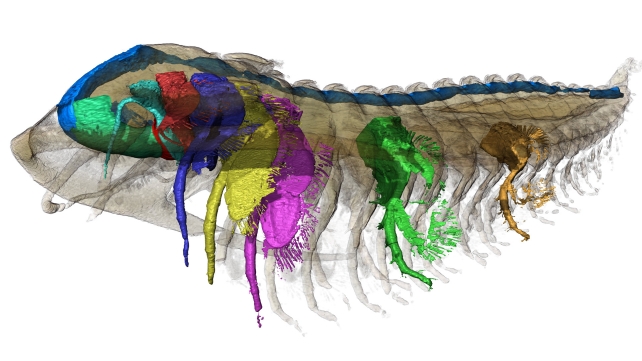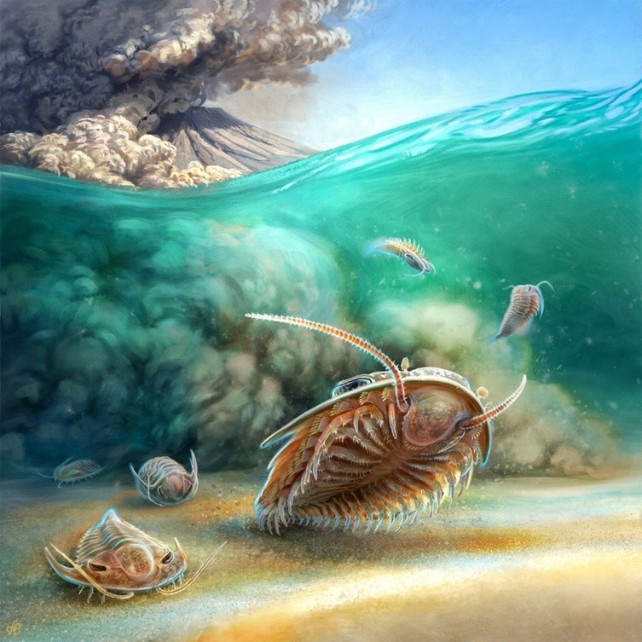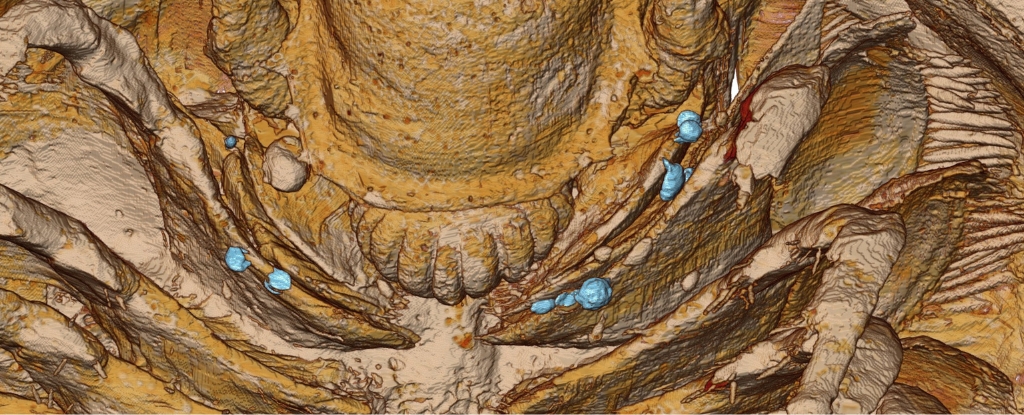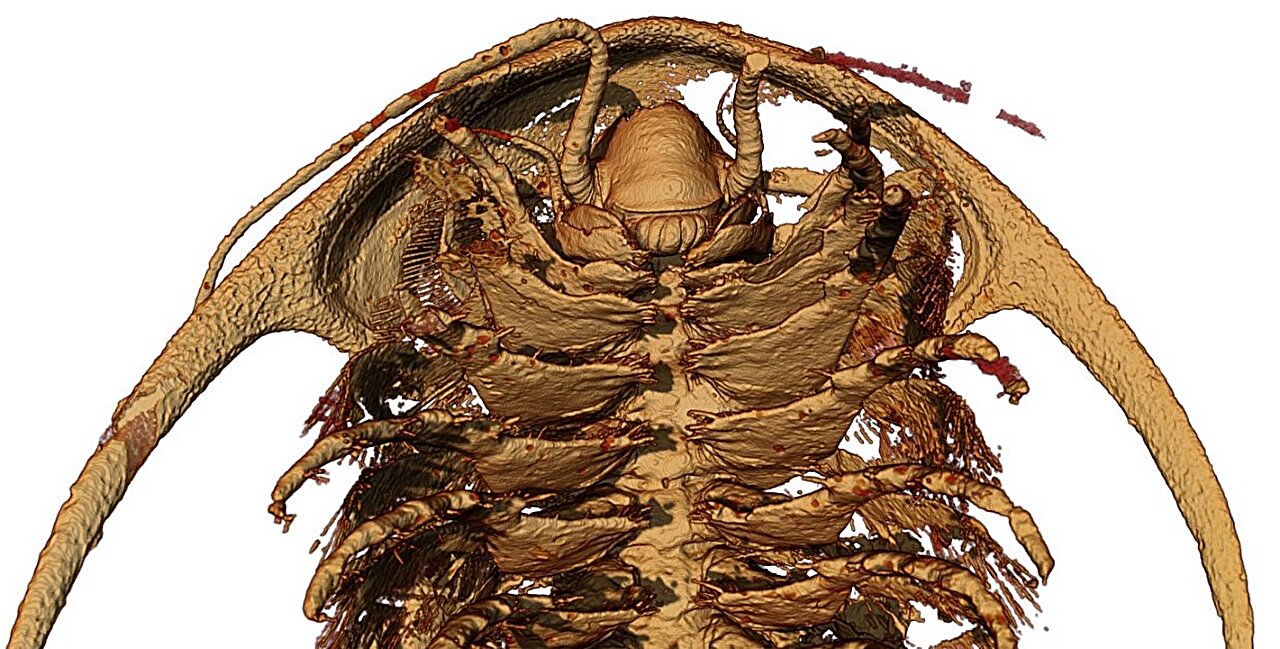
Paleontologists have made a groundbreaking discovery in Morocco, where they found exceptionally preserved fossils of Cambrian trilobites encased in volcanic ash. These trilobites, which are among the best-preserved three-dimensional specimens ever discovered, offer new insights into the anatomy and biology of these ancient marine creatures.
The discovery was made during a dig led by Abderrazak El Albani, a geologist at the University of Poitiers in France. The team unearthed trilobites that were preserved with their digestive tracts, soft tissues, and even tiny brachiopods attached to their shells.
The exceptional preservation of these fossils is due to the fine-grained volcanic ash that quickly turned into stone after burying the trilobites. This process created three-dimensional molds of the animals, allowing scientists to study their anatomy in unprecedented detail.
One of the most significant findings from this discovery is a mouth part called a hypostome, which was constructed of soft tissue in both trilobite species. This resolves a long-standing debate about their mouths and provides new insights into the feeding behavior of these ancient creatures.
Volcanic ash deposits are an underexplored source for exceptionally preserved organisms, as they have the potential to trap and preserve delicate soft tissues that don't typically survive fossilization. The researchers suggest that pyroclastic flows should be studied further for their potential in preserving biological remains.
The trilobites were part of a shallow marine environment during the Cambrian age, which was surrounded by spewing volcanoes. One eruption left a cream-colored layer of fine-grained volcanic ash in which the trilobites were fossilized. The researchers posit that a short and sudden burst of volcanic activity buried the trilobites when ashy debris flooded the marine environment.
This discovery has significant implications for our understanding of Cambrian trilobites and their role in shaping ocean floor ecosystems during this critical period in Earth's history.






